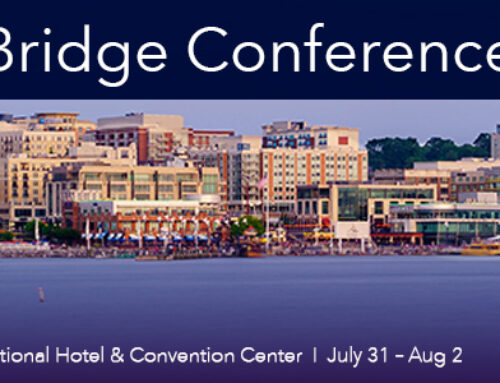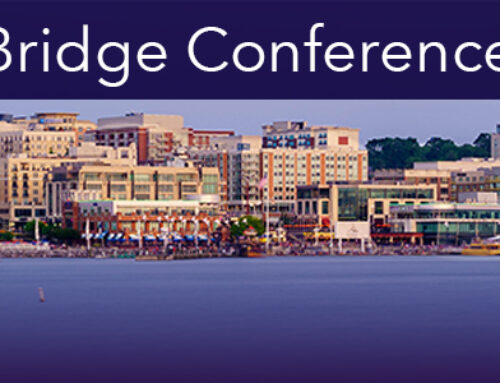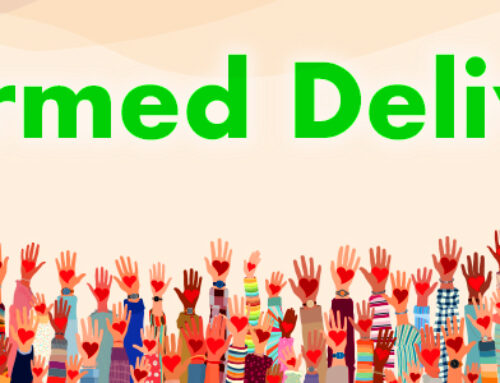Yes, we’re at it again. No sooner is the Thanksgiving feast reduced to leftovers than we’re combing the aisles and scanning the Internet, searching for the perfect gifts — the right remembrance for a friend, the extra “wow!” for someone special. And, as if the gift weren’t enough, the next thing you know …
We’re tying them all up in pretty papers and shiny ribbons. And isn’t it then, if we’re honest — tired from shopping and a bit budget-fatigued — that we find ourselves asking, “Why?”
You know the answer, of course. It’s about intrigue. It’s about what the finished gift — tied and tagged — “says” to the recipient. Presented with a lovely package, are you feeling special, important, appreciated? Are you wondering what’s inside … maybe hoping it is (or isn’t) what you think? Well, go ahead, then …
Open It!
The work of the gift wrap is to elevate the contents to “special,” piquing the interest of the recipient and encouraging the opening of the gift. In direct response mail marketing, the carrier envelope has the same job: to capture the recipient’s attention and drive the opening of the package. And while getting a mail package opened — and acted upon — is a more formidable challenge than urging the opening of a gift, certain tactics and strategies can get the job done.
Sell Out Loud
While research shows that most people open at least the majority of their mail, it’s understood that most of us take about two seconds to decide if and how we engage with a mail piece. One successful tactic to catch the reader’s attention is to “sell” the offer on the outer envelope — often with a teaser headline or related graphics. The headline serves to “tease” the reader to open the package, much like the headline for an ad draws the reader into the text.
“Save 50% when you order now” could do the trick on a replacement window offer when it lands in the right hands. “Earn 2.0% APY on 6-month CD” is a compelling invitation these days for those looking to grow their savings balances. “See inside…” encourages recipients to open the outer envelope to find out more. In these situations, leading with the opportunity for gain serves to stop and intrigue readers, urging them to take action.
Of course, catching attention involves more than words. Consider how to make your package — and with it, your offer — stand out in the mail stack. Something as seemingly simple as envelope size — larger or smaller — can work to your advantage. A 9” X 12” envelope, for example, can imply importance with its size, compared to a standard business correspondence envelope. (Be aware of postal requirements when planning campaigns, however. Oversized correspondence may mean higher per-piece postage costs, so plan carefully to weigh costs vs. benefits.) Smaller envelopes can stand out, too, intriguing from a “personal correspondence” perspective. Even changing the orientation (from horizontal to vertical) in the right situation can be the one small difference that gets the envelope opened.
Get Personal
Today’s data-driven technology supports marketers in sending highly personalized, targeted messages on outside envelopes to connect with prospects and customers in a meaningful way. In the same pass that prints the standard name and address information (and depending on the data available), such technologies can pull in variable images, words, names, and more to speak quite personally to customers or prospects. A pet store mailing, for example, might suggest potential purchases based on the customer information available. For the large dog owner: “Still wondering who’s walking who, John? Get our TuggLess Harness … now 20% off when you join The Club!” A Chihuahua owner, of course, would be enticed by an entirely different offer. Use what you know — and get your package opened.
Suggest Importance
The look of the envelope can add to the impression that the message is important, making it harder to dismiss. Choosing a higher-quality paper stock can imply the message is of higher-than-average value, as can a kraft paper envelope in the right situation. Using stamped messages can say “important,” too, and paired with the right headline, can lift the perceived value of the package to increase the opportunity to get it opened.
For customer mailings, a statement headline as simple as “Important information enclosed” can be enough to let the customer know the package should not be disregarded. Seals and official-looking envelope designs can suggest heightened importance or exclusivity. (When choosing one of these, avoid the temptation to imply government agency correspondence, for example. Deceiving a prospect to get the envelope opened can be a dicey way to begin a relationship.)
Involve Your Reader
Encouraging reader involvement can lift response rates. Sizing the envelope and inside components to create a bulky package, for example, can make recipients curious to see what’s inside. Unusually-shaped windows can reveal — or partially reveal — objects of interest to urge the opening of the package. Plastic cards, stickers, personalized post-it notes, etc., are examples. The choice of color (who said an envelope has to be white?), colorful or eye-catching graphics, or involvement devices like perforated windows that open to reveal the rest of the headline or image, all can be appropriate techniques to getting an envelope opened so the components inside can inform, engage and sell. Sometimes even starting a story on the outer envelope can grab your reader’s attention and then … (read on inside!). See what we mean?
None of these options is right for every instance, of course. An experienced and knowledgeable direct marketing partner will consider audience, product and offer to devise an appropriate creative strategy for the individual project. With careful planning, design and execution, you really can push the envelope — and increase your ROI.




